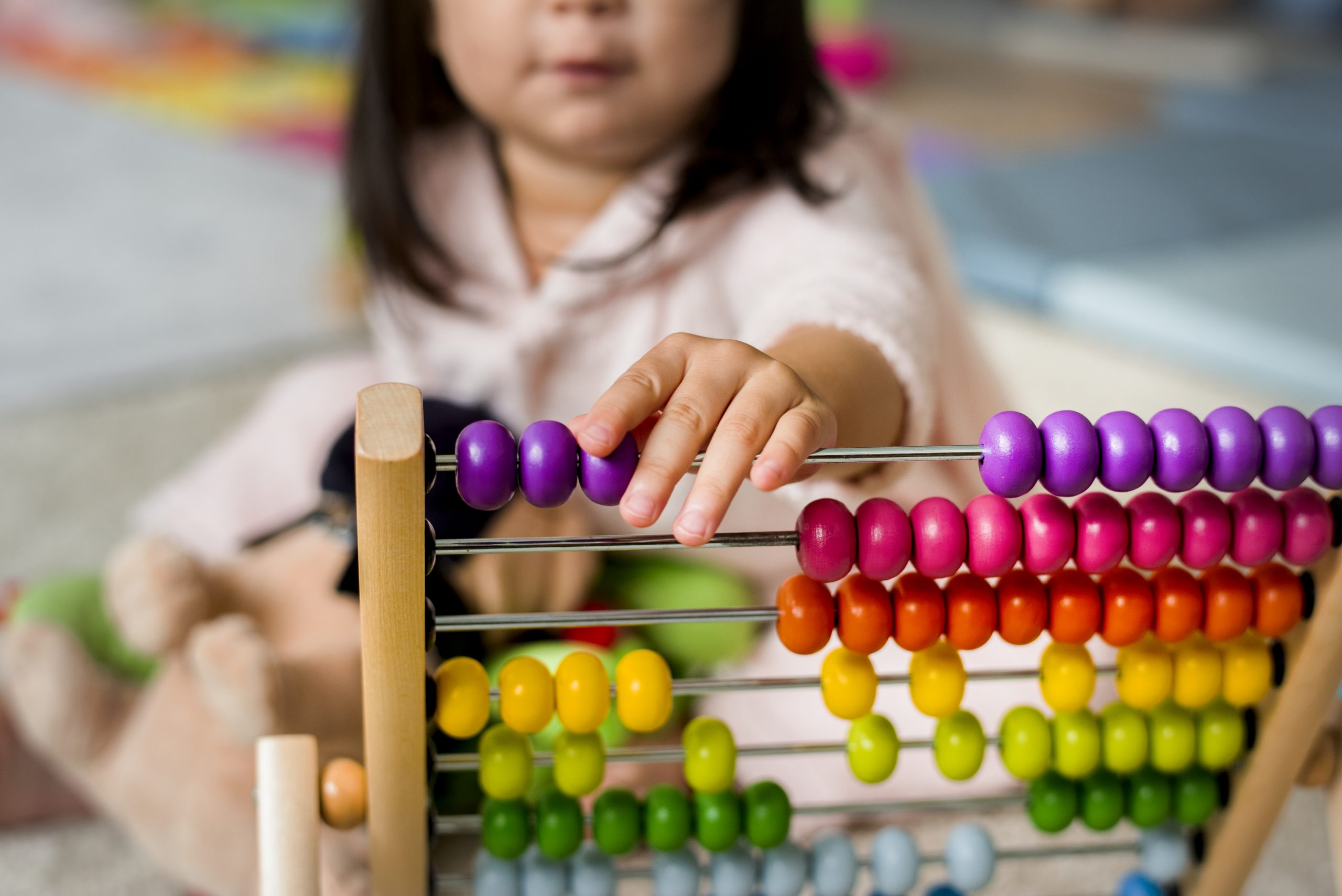Montessori Nursery vs. Traditional Nursery: Exploring the Differences?
-
April 28, 2025
-
By: admin
-
757
Choosing the right nursery for your child is a crucial decision that impacts their early development. Parents often find themselves comparing Montessori nurseries in Dubai with traditional nurseries, wondering which one is the best fit. While both provide early childhood education, their approaches, teaching methods, and environments differ significantly. Let’s explore these differences to help you make an informed choice.
How Montessori Nursery Differs from Traditional Nursery
1. Teaching Approach One of the biggest differences between Montessori and traditional nurseries is their approach to learning.- Montessori Nursery: Focuses on child-led learning, allowing children to explore activities at their own pace. Teachers act as guides, encouraging independence and self-discovery.
- Traditional Nursery: Follows a structured curriculum, where teachers direct lessons, and children learn in a group setting with planned activities.
- Montessori Nursery: The classroom is a prepared environment with child-sized furniture, hands-on learning materials, and a calm, organized setting. Children have the freedom to move around and choose activities.
- Traditional Nursery: The setup is usually more teacher-centered, with desks or tables arranged for group learning. Activities are scheduled, and children follow a routine.
- Montessori Nursery: Uses specialized Montessori materials, such as wooden puzzles, practical life tools, and sensory-based activities that promote hands-on learning.
- Traditional Nursery: Incorporates toys, flashcards, worksheets, and group activities that focus on academic readiness.
- Montessori Nursery: The teacher is a facilitator, observing and guiding each child based on their interests and learning pace.
- Traditional Nursery: The teacher is a leader, instructing the entire class and ensuring children follow a fixed lesson plan.
- Montessori Nursery: Encourages mixed-age group learning, where younger children learn from older peers, fostering cooperation and mentorship.
- Traditional Nursery: Children are grouped by age, and activities often involve structured group play and teacher-led discussions.
- Montessori Nursery: Promotes self-discipline and independence by allowing children to make choices, complete tasks on their own, and develop problem-solving skills.
- Traditional Nursery: Focuses on teacher-led instructions, where children follow directions and participate in planned activities.
Which Nursery is Right for Your Child?
The choice between a Montessori nursery and a traditional nursery depends on your child’s personality, learning style, and educational goals.- If you want your child to develop independence, creativity, and hands-on learning skills, a Montessori nursery might be the best fit.
- If you prefer a structured learning environment with direct teacher instruction, a traditional nursery may be more suitable.

Leave a comment
You must be logged in to post a comment.